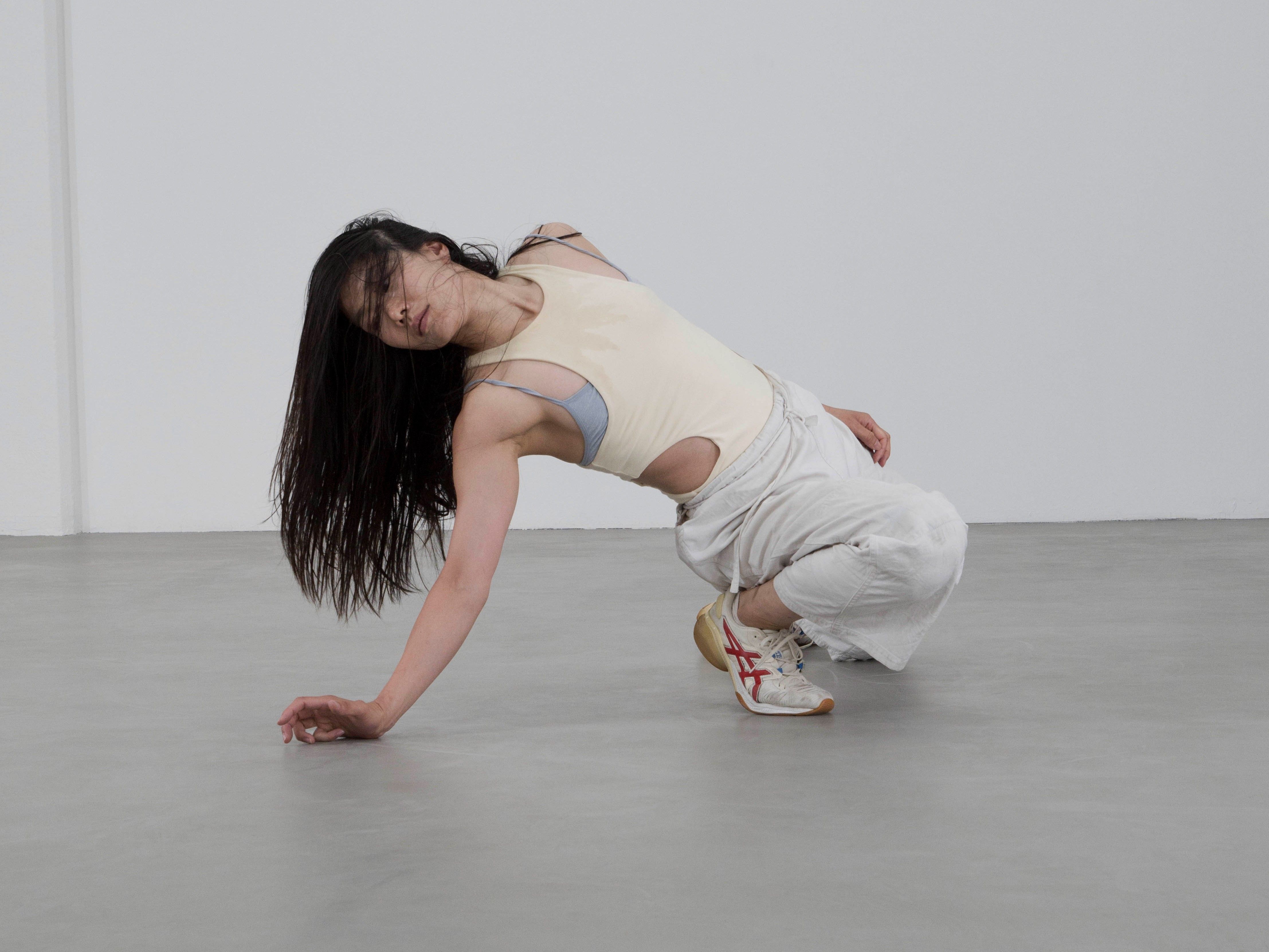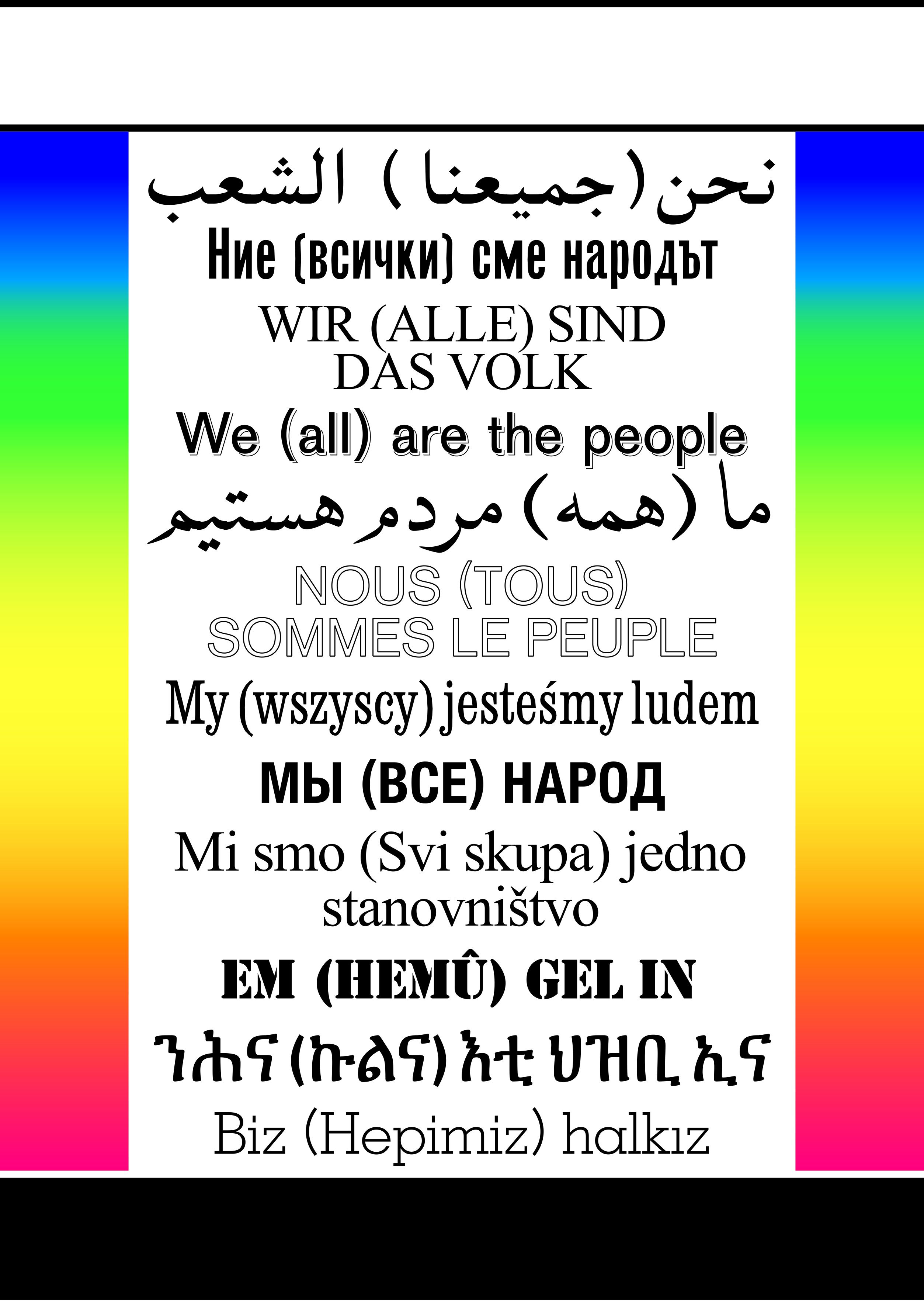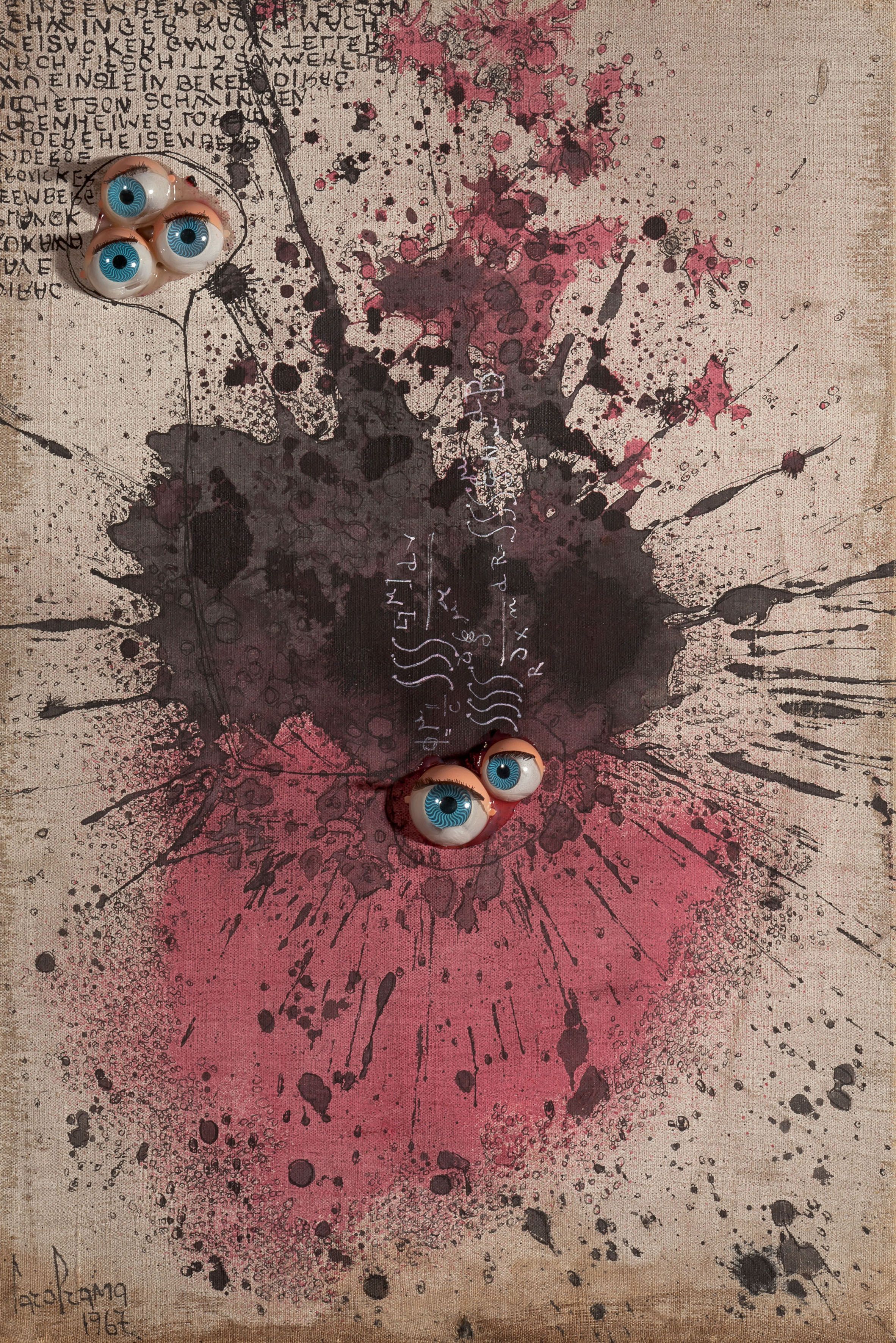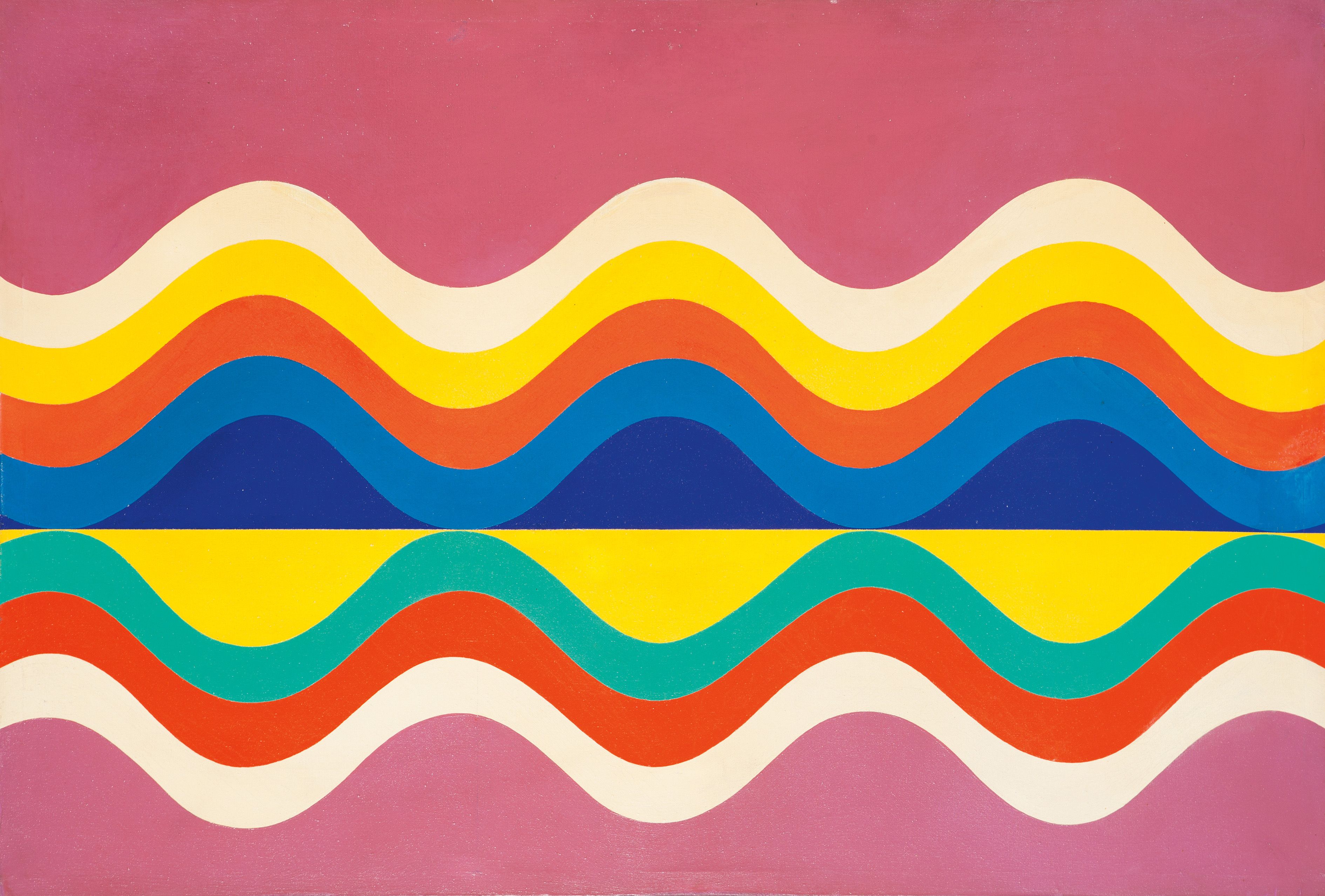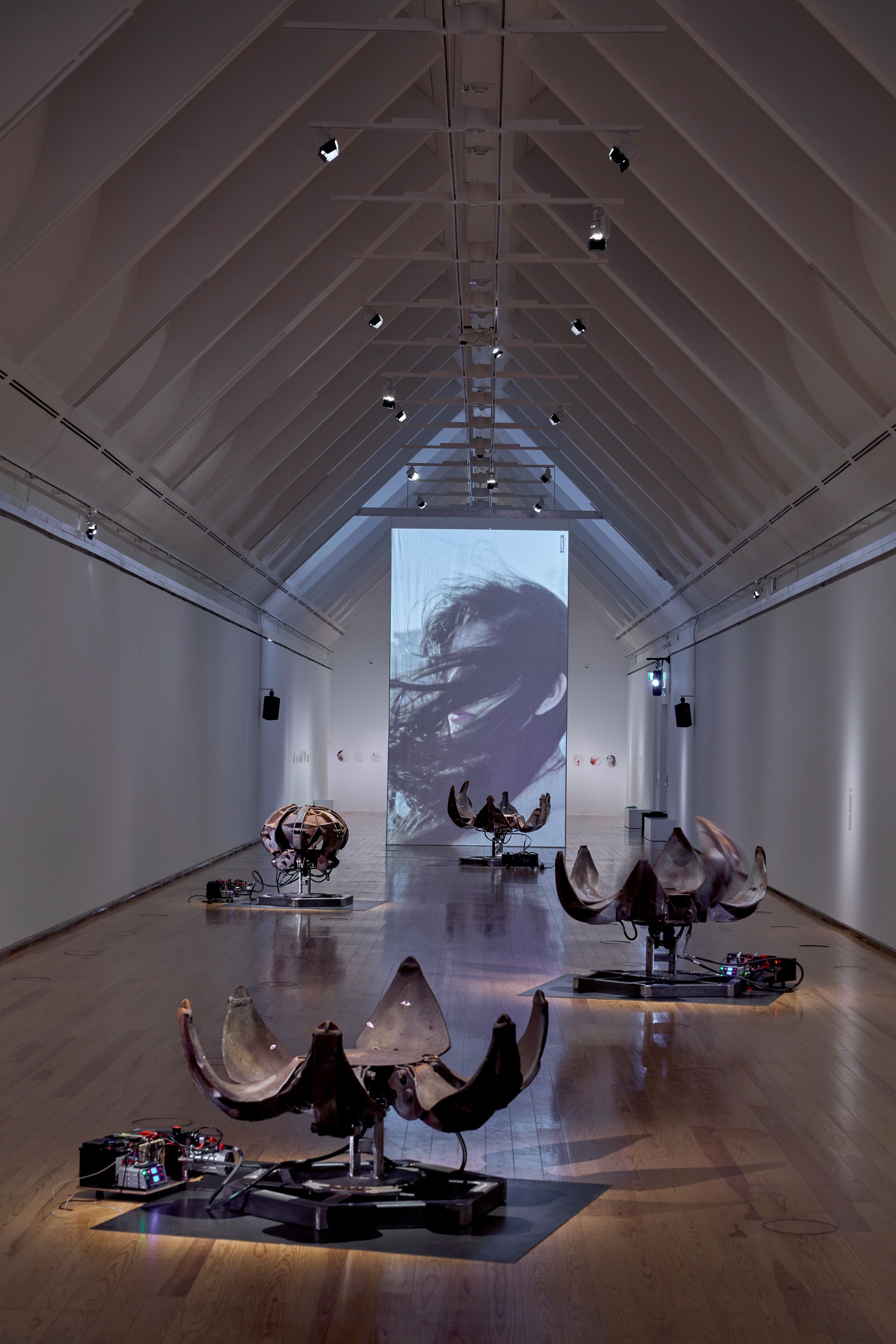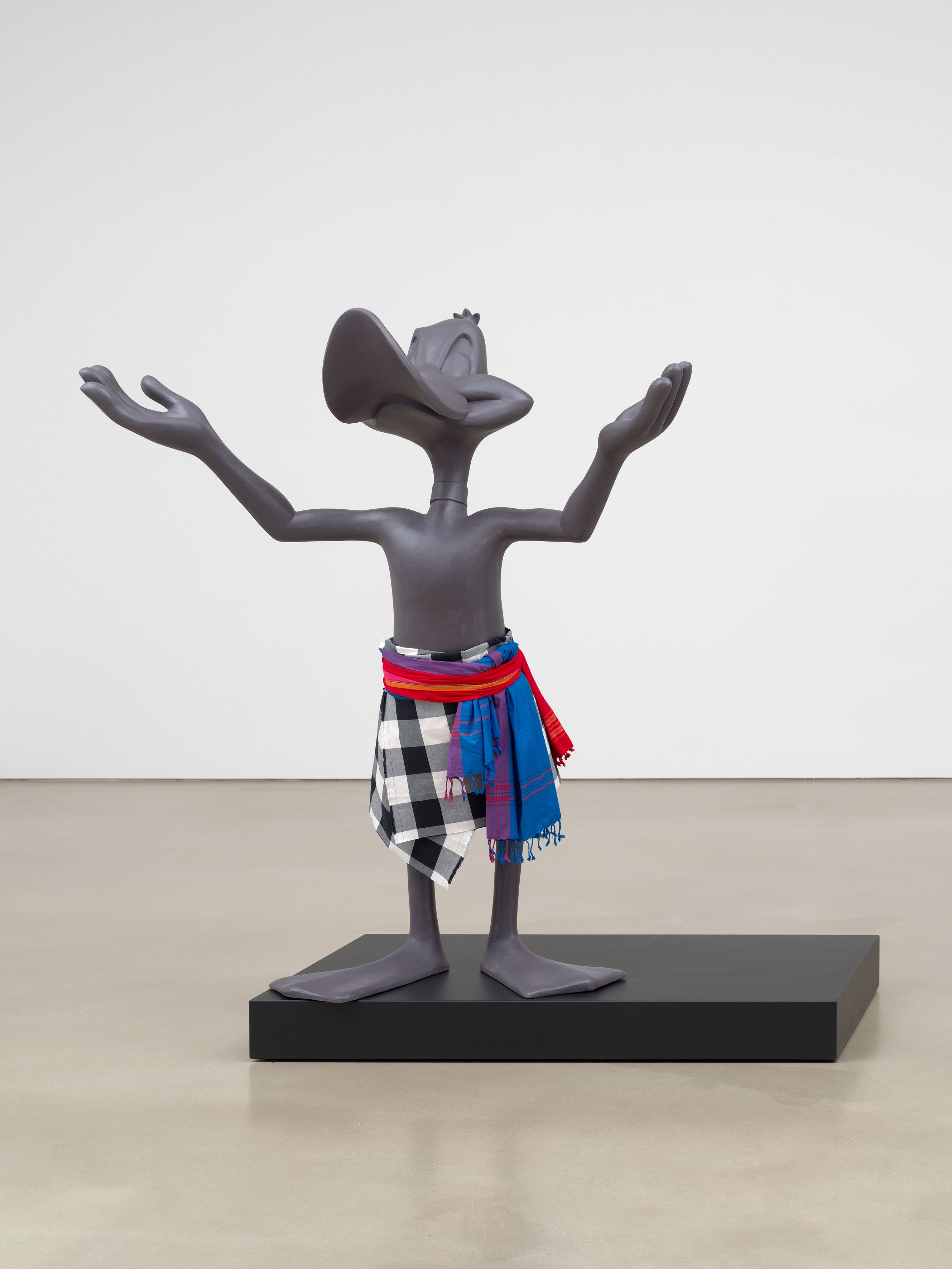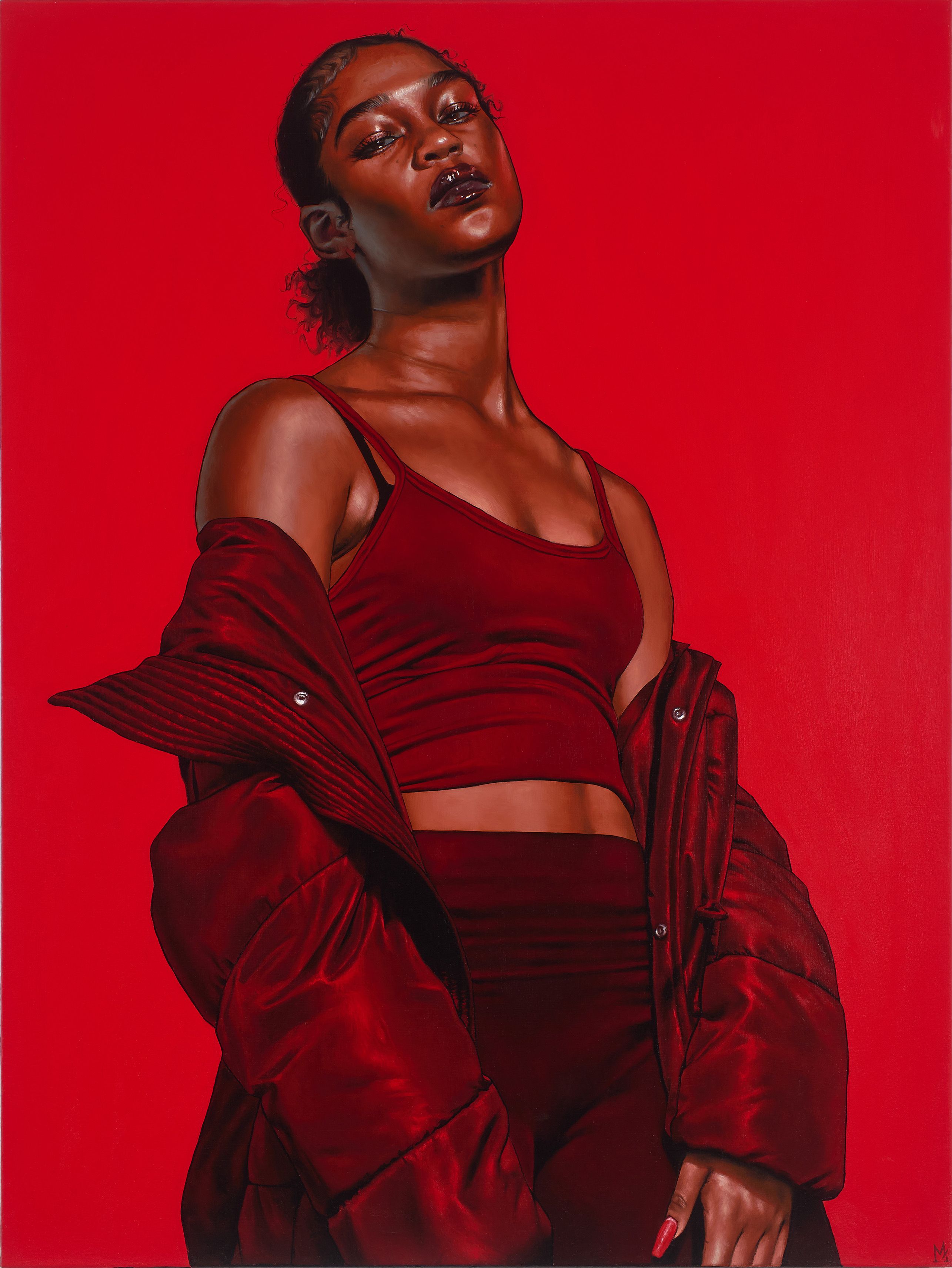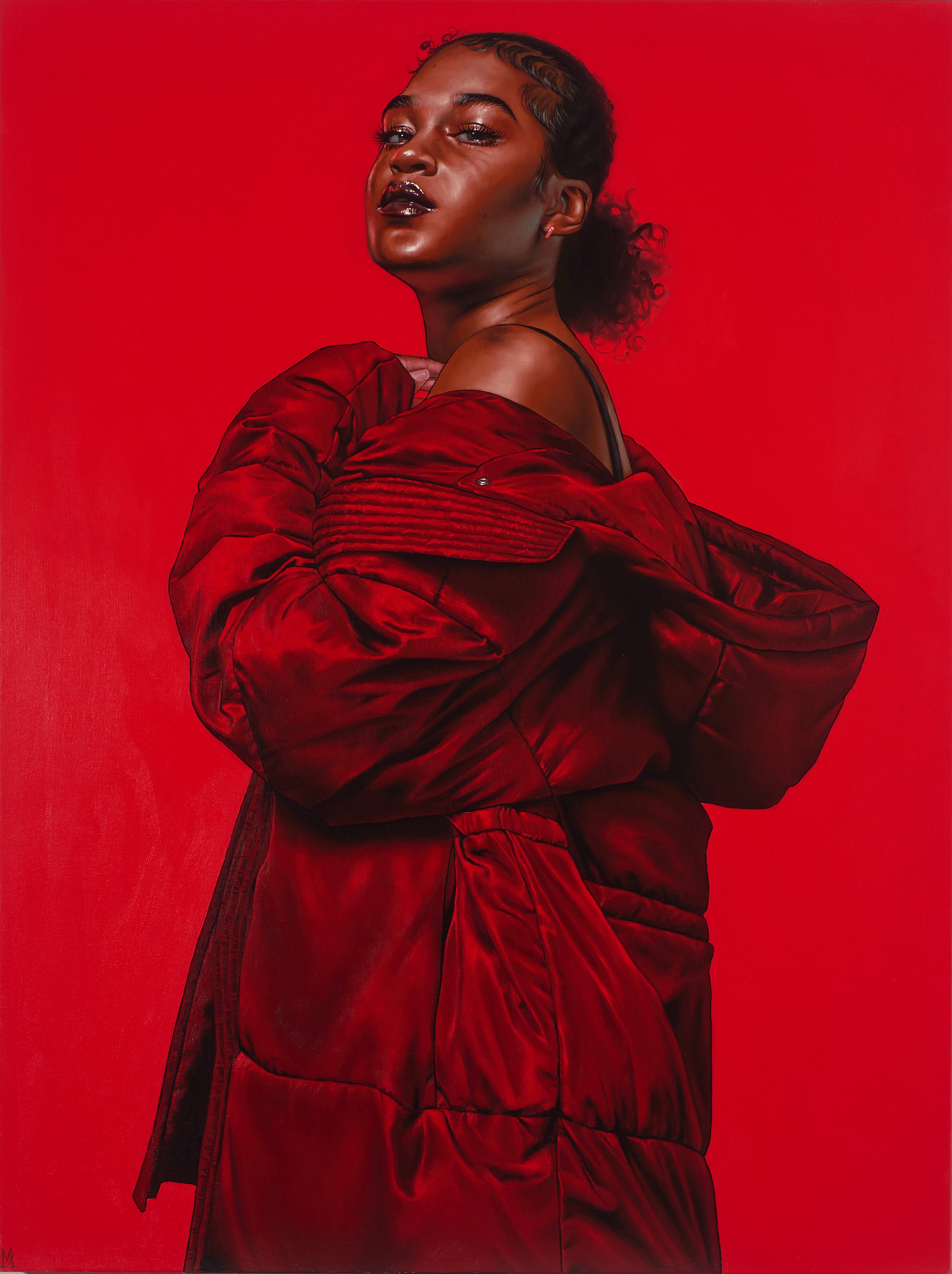Art for the Millions
100 Sculptures from the Mao Era
24 September 2009 – 3 January 2010
Römerberg
60311 Frankfurt, Germany
phone: (+49) 69 29 98 82-0
fax: (+49) 69 29 98 82-240
welcome@schirn.de
FOR THE FIRST TIME IN THE WEST, THE SCHIRN KUNSTHALLE FRANKFURT SHOWS THE SPECTACULAR CHINESE SCULPTURAL GROUP “RENT COLLECTION COURTYARD”
In conjunction with China’s appearance as Guest of Honour at the 2009 Frankfurt Book Fair, the Schirn will be showing, for the first time ever in the West, the spectacular Chinese sculptural group Rent Collection Courtyard (Chin.: Shouzuyuan). The ensemble of a total of 114 life-size clay sculptures is among the most important works in modern Chinese art history, and is firmly embedded in China’s collective memory. Created as a site-specific installation in the former property of the notorious feudal landowner, Liu Wencai (1881–1949), in Dayi in 1965, the group of figures soon became a model artwork of the Cultural Revolution, which began in 1966. Over the following years several variations of the work were made and exhibited throughout China, only one of which survives today. The Schirn is showing this surviving group, a mobile travelling version made from copper-plated fibreglass; it was constructed with considerable effort between 1974 and 1978, and is now located in the Art Museum of the Sichuan Fine Arts Institute in Chongqing, central China.
In 1965, teachers and graduates of the sculpture class at the Sichuan Fine Arts Institute in Chongqing were commissioned by the Province’s Ministry of Culture to create a representative work in Dayi to memorialise the exploitation of tenant farmers by the local landowner in the period before the Communist Party’s victory in 1949. In collaboration with local folk artists, the working group developed a monumental narrative composition, which unites traditional Chinese, Soviet, and Western stylistic elements. In seven scenes, such as Bringing the rent, Asking too much, and Flames of anger, the lives of the peasant population during the Chinese Republic (1911–49) is depicted. In line with the artistic policy of the new Communist China, and drawing on Maoist art theory, the images highlight the resistance of the enraged peasants, as an indication of their readiness for class warfare.
In addition to its impressive scope, it was doubtless the installation’s presumed authenticity, and the immediacy of its expressive power, that justified its sensational success. The opening was followed by a storm of visitors, and according to reports there were repeated outbreaks of highly emotional scenes. Within a very short time, the Rent Collection Courtyard was famous throughout China and even in the West. Not least in Germany: unfortunately, various attempts to exhibit the work failed. For example, Harald Szeemann, as curator of documenta 5, tried in 1972 to bring one of the sets of figures to Kassel; but this proved impossible for political and financial reasons. Later, in 1999, together with the Chinese artist Cai Guo-Ciang, who lived in the USA, he planned to show the sculptural group at the Venice Biennale. When this plan also failed, Cai instead realised a work that referred back to the Rent Collection Courtyard, and with which he won the Golden Lion. This sparked a conflict in China over the copyright to the work, which became the starting point for a wide-ranging debate about the position of the artist and the freedom of art in contemporary China, and about the relationship of the Chinese and Western art worlds. Since then, the Rent Collection Courtyard has also inspired other young artists to produce new versions.
CATALOGUE: Kunst für Millionen. 100 Skulpturen der Mao-Zeit – Art for the Millions. 100 Sculptures from the Mao Era. Edited by Esther Schlicht and Max Hollein. With a foreword by Max Hollein and texts by Feng Bin, Christof Büttner, Martina Köppel-Yang, Esther Schlicht and an interview with Reiner Kallhardt. German/English edition, approx. 200 pages, approx. 150 illustrations, Hirmer Verlag, Munich 2009, ISBN 978-3-7774-2231-2
DIRECTOR: Max Hollein
CURATOR: Esther Schlicht (Schirn)
OPENING HOURS: Tue, Fri–Sun, 10 am–7 pm, Wed and Thu, 10 am–10 pm.
INFORMATION: www.schirn.de
PRESS CONTACT: Dorothea Apovnik, phone: (+49-69) 29 98 82-118, fax: (+49-69) 29 98 82-240, e-mail: dorothea.apovnik@schirn.de, www.schirn.de (texts and images for download under PRESS).
Follow us on twitter
Watch our videos on youtube
Become our fan on facebook
Subscribe to our newsletter
